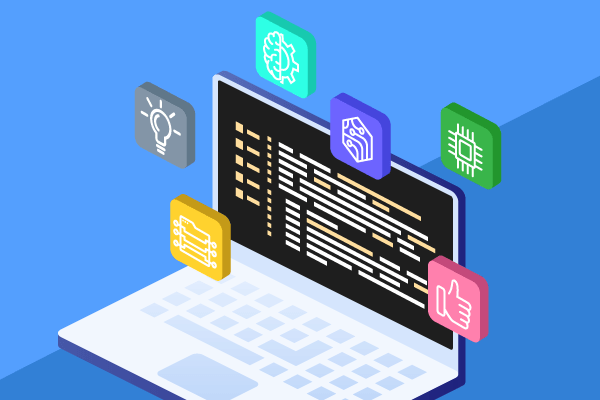Contents
Software development is the process of building a computer application. It involves three major stages: Requirement analysis, Design, and Implementation. In the previous article, we talked about the requirements analysis phase. Today, we’ll discuss how each stage plays a role in the process. Accourding veprof.com To build a computer application, we must first understand what we’re trying to accomplish, and then develop a plan to make that happen.
Design phase
Design phase of software development involves defining requirements and designing software. This phase also covers standards and expectations. The project manager oversees the work and assigns tasks. Once the design phase is complete, the team moves to the next phase of the project: development. The design phase of software development involves a variety of activities and professionals.
This phase is a key part of the development process. It involves translating requirements into an accurate system architecture. Design elements include a computer program’s architecture, user interfaces, and behavior. The team then begins to code the software according to the design and requirements that were established during the previous phase. The final product is the result of this process.
Prototyping is another important component of the Design phase. Prototypes are a rough version of the future application. They help stakeholders evaluate the idea and design of the application. Prototypes are often a lot cheaper than rewriting a large portion of code.
Requirement analysis
During the requirements analysis stage, it is crucial to ensure that the requirements are aligned with business goals. By developing a detailed analysis, you can identify major problems and their solutions. Then, you can circulate the analysis to key stakeholders, end users, and development teams. In addition, you should secure the approval of all stakeholders before making a final decision about requirements. This way, you can avoid scope creep.
Business analysts can facilitate the process by organizing formal requirement elicitation meetings. In these meetings, the stakeholders can provide requirements for the product. Alternatively, a separate scribe can be appointed to record customer requirements and user stories. This way, the requirements gathering process can be more efficient.
Requirement entities are explicit descriptions of concepts and the primary function objects that need to be addressed by the software. Extraction of these entities is a time-consuming and labor-intensive process. While many existing studies propose automated methods for identifying key requirement concepts, they lack domain-specific natural language processing techniques and require significant labeling effort. However, a new approach is emerging to support the extraction of requirements entities. This approach is called RENE, and it uses a novel LSTM-CRF model to reduce labeling efforts.
Testing
Testing software development is vital to ensure that your product functions as expected and meets your customers’ needs. Software is a complex process, and even the smallest change can cause a complete malfunction. If your software fails to function properly, you could face massive losses. For this reason, developers choose regression testing whenever they make changes to the existing code to ensure that its functionality still works.
Several different types of tests are used to ensure the quality of a product. Some of these tests test for user experience, others test for compatibility, while others test for compatibility with specific platforms, web browsers, mobile devices, and third-party programs. These tests ensure that the product works the way it should across all configurations and that all functionality is supported uniformly.
Ideally, testing should begin at the early stages of development. This will help reduce the costs associated with rework and produce bug-free software. Testing can begin as early as the requirements gathering phase, and can continue all the way through to release. This will depend on the development model you choose for your project. For example, if you use a Waterfall model, you start testing after the requirements gathering phase, while if you follow a V-model, you can start testing parallel to development.
Implementation
The implementation phase of the software development project requires a number of different steps. Implementation personnel must have the necessary skills and experience to create and code the software, as well as dexterity with data. They must also be familiar with the programming language constructs that allow them to write efficient and effective software code. The implementation process must be suitable for the software’s structure, and resources must be allocated appropriately.
Implementation also involves identifying the people who will drive the project. The people who are able to convince others of the project’s future benefits will act as the project’s champions. These individuals may be the project manager, or they may be business analysts, solutions architects, or technical analysts. It is important to establish a relationship with these individuals early on in the project.
During the implementation phase, a software application is integrated into the organization’s workflow. This typically begins with identifying a vendor and budget. It may also involve installing the application, migrating data, and testing various features. The process is typically used when a company is adopting a new software application, but it can also apply to existing applications.






